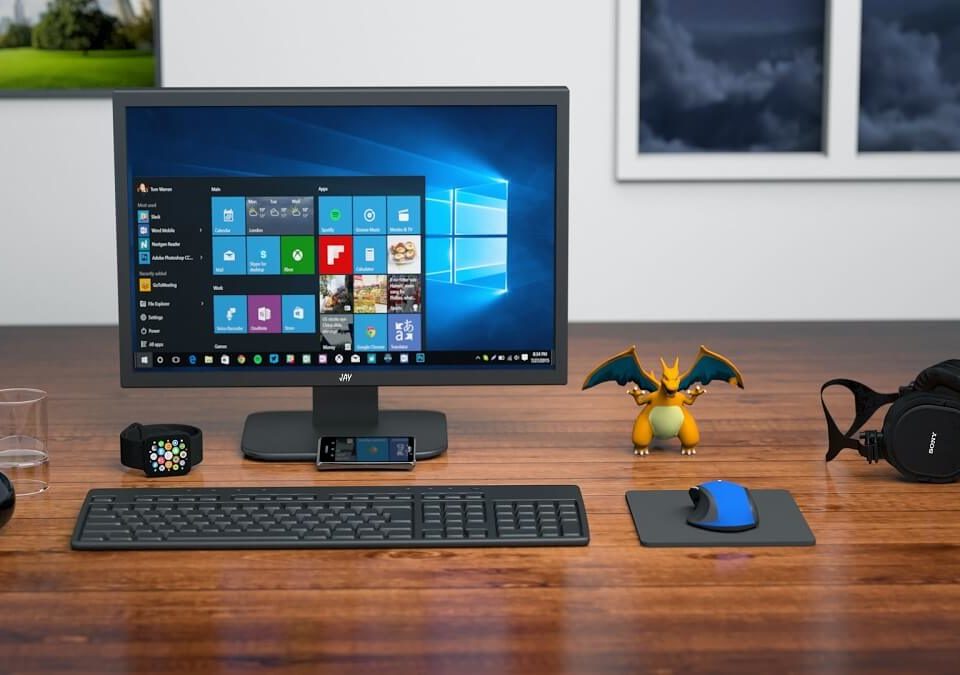
Make your website load faster
June 21, 2019
Ensure ease of maintenance
July 31, 2019Brace yourselves for some pretty chilling news…according to a recent finding by Cybint:
- On average there is one hacker attack every 39 seconds
- Small businesses experience roughly 43% of all cyber-attacks.
- Companies will pay an amount exceeding $2 trillion due to cyber-crime in 2019.
- Since 2013, approximately 4 million records have been stolen from data breaches every day.
To defend your business and customer data from such attacks, governments around the world have implemented formal guidelines and regulations. Among those, is the GDPR (General Data Protection Regulation) and concerns the data protection and privacy for all individuals.
While we won’t explain the whole regulation in this article, the takeaway here is that if your website requires customers to share personal data such as contact details, names or credit card details, then it has to be secure.
If you’re wondering if your current site is GDPR compliant you can easily have it checked. After all, it’s better to be careful than sorry!
A popular and accessible way to secure your is to invest in an SSL certificate. SSL stands for Secure Sockets Layer and is a bodyguard equivalent for any network connections between browsers and the server that hosts your website.
They want what you have got. Don’t give it to them or let them take it!
4. Add social proofs like testimonials
What started as a web content innovation, has now become an industry standard. To differentiate yourself from the competition and prove your site as trustworthy you need to make sure include reputable testimonials on your website.
The best way to show off your testimonials from valued customers is engaging and easy to navigate manner. While this can mean calling on someone to design a testimony block for you, it’s a great way to establish trust and assure your visitors of the authenticity and quality of your site and service.
I mean, even before being a new phone case you’re likely to have a quick scroll over the reviews!
5. Ensure accessibility
While developing your website, you may be tempted to have flickering or flashing buttons or even employ a high-contrast colour scheme to direct people’s attention to the desired element.
However, be wary as this feature is likely to give you views a real headache and be rendered unable to anyone who suffers from seizures or photophobia.
About 1 in 7 people around the world suffer from migraines.
-Migraine Trust
That amounts to about 1.03 billion people (approximately) and, it’s reported by the American Academy of Ophthalmology that: Around 80% of those who suffer from migraines are photophobic!
That’s 80% of people who could be put off by your site on a first glance. So while those bright features may direct the attention of people who don’t suffer from this condition, it can be severely painful for those who do!
So be smart and use those colour-intensive features in moderation when developing your website.
6. Focus on usability
The above term refers to how user-friendly a website is and concerns elements such as: how easily website visitors can navigate your site, how visible your enquiry or call to action (CTA) buttons, and how quickly users can find required information or queries.
The usability of a site varies between what content you provide and your overall business goal. For instance, a blog would vary in usability to say an online store.
For an overview of usability, here are some factors you should consider:
- Is it responsive? (rearranges itself on a phone and tablet screen so that it doesn’t make your visitor instantly click out)
- Is your essential information distinguishable?
- Is the navigation intuitive? (Are your users scrolling endlessly through content? Alternatively, is it available in one click)
- Does the layout keep only one item in the focus span of the user? (a handy feature)
- Is there a “live chat” option?
- Is the search bar visible at all times?
- Does it accommodate other currencies? (for e-commerce)
- Are the colours natural to the eye?
- Is content explicit and easy to understand?
- Does it make good use of white space?
- Does it have relevant and high-quality pictures?
While all these lists points are essential, responsiveness is the kingpin amongst the above listed. With over 5 billion users browsing the internet via smartphones, this aspect of a website can never have enough emphasis placed upon it.
7. Make sure that your website is scalable
Imagine an online store where you sell custom-designed tees. With the new season of Game of Thrones currently airing your site has received a mass of traffic with users all wanting to order the latest designs and quotes from the recently released episodes.
Now let’s say this example website cannot keep up with this influx and breaks down. In the middle of hundreds (if not thousands) of purchases, your users receive an error message on their screens.
Your client base would go mad (and this is an understatement)! Many of them might report your storefront as a scam and move on to your competitors. Not to mention, the negative reviews that are now left all over your website and social media pages!
To always make sure your visitors and potential customers have a smooth experience, optimise your to handle heavy traffic.
If you haven’t optimised your website is not for heavy traffic, then you are selling yourself short.




